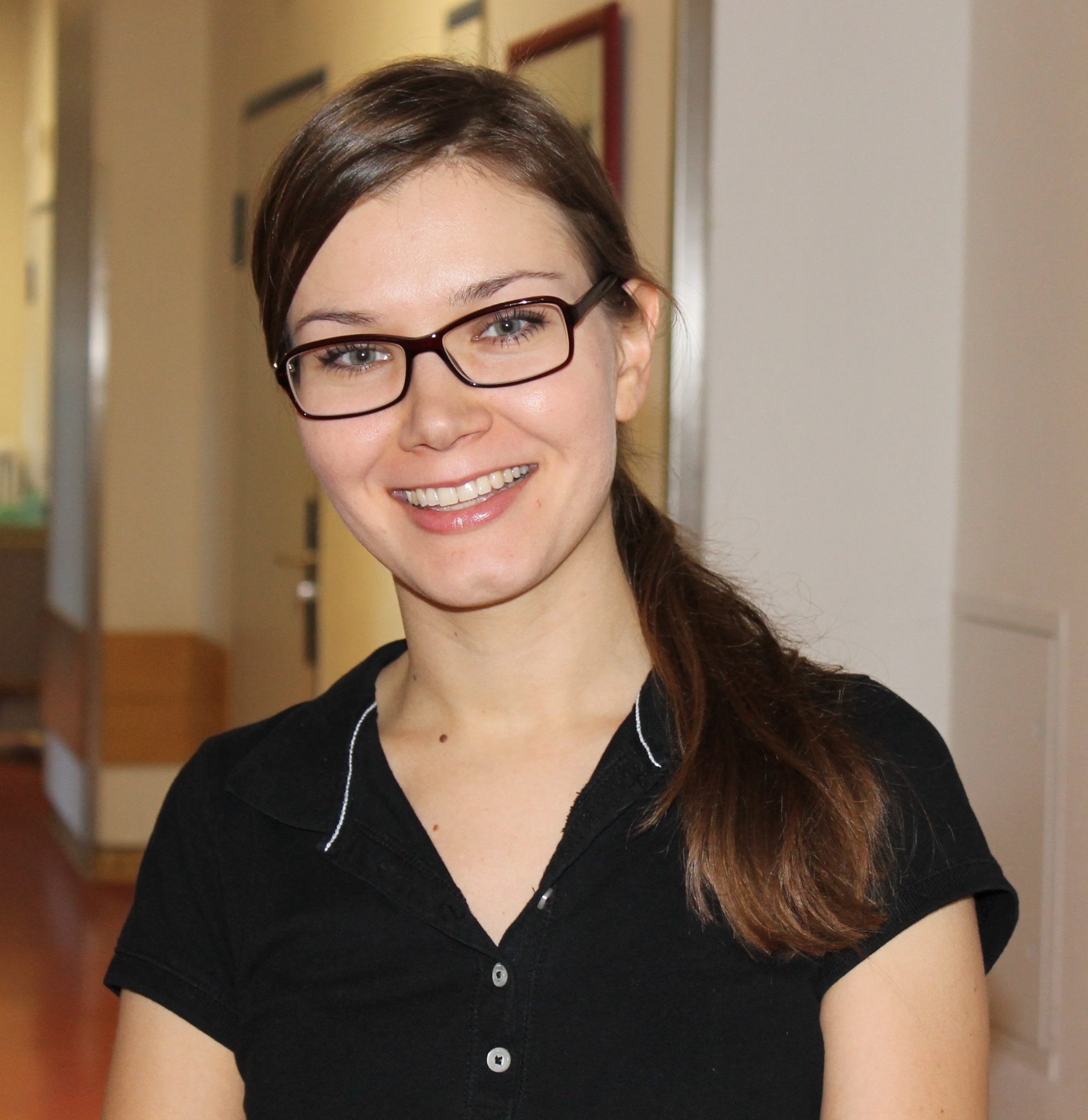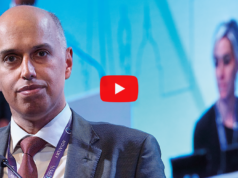
In this clinical study the one-year results of the endovenous laser therapy (ELT) application of 1,940nm laser (Vela XL, Boston Scientific) with respect to feasibility, efficacy and safety are reported. Anna Esipova and colleagues investigated the performance of longer wavelength ELT (eg. 1,470nm), as it is indicated to be advantageous over ELT with shorter wavelengths (eg. 810–980nm).
The higher the wavelength of a laser, higher is the energy absorption by water molecules. The 1,940nm thulium laser is designed to target and heat water (as opposed to haemoglobin) in the bloodstream. Until 2013, this wavelength was used only in urology and by ear, nose and throat surgeons.
In this single-centre, prospective observational study, 138 patients with saphenous reflux (great saphenous vein and small saphenous vein) were treated with a 1,940nm laser (radial fibre) with continuous pullback (1mm/sec). The choice of anaesthesia was general, spinal or only tumescent. The tumescent anaesthesia was infiltrated in all cases perivenous in the saphenous sheath under ultrasound guidance. Simultaneous miniphlebectomy was performed in all cases, additionally ligation of insufficient perforators was performed in selected patients. Clinical evaluation by means of colour duplex sonography, clinical examination, standardised questionnaire and proforma was done preoperatively and postoperatively after three days, four weeks, six months and 12 months. The data were collected and tabulated with respect to demographics, vein morphology, longitudinal endovenous energy density (LEED), postoperative pain intensity, analgesia requirement, resumption of daily activities and persistent reflux.
A total of 138 patients corresponding to 177 saphenous veins were operated upon (female to male ratio of 107:70, mean age 55 years, range 23–90 years). At follow-up, the mean preoperative maximum diameter of the greater saphenous vein was 6.9mm (range 3.3–11.3mm) and of the small saphenous vein was 5.1mm (range 2.6–10mm).
An interesting fact is that the treated vein showed a progressive reduction in the diameter over the period of one year—for example mean reduction of the diameter of greater and small saphenous veins postoperatively at one year was 40% and 56%, respectively (p<0.05). In a few patients at one-year follow-up, the treated vein could not be delineated and completely or partly disappeared.
We also documented linear endovenous energy density (LEED) given during the operation. The mean LEED applied was 59.2 Joules/cm (range 30–98.2 J/cm) for the greater and 47.3 J/cm (range 30–70 J/cm) for the small saphenous veins, respectively. The complete occlusion of the treated saphenous vein was defined as absence of flow on colour Doppler imaging. This was achieved in 98.3% patients at four weeks and 97.7% patients at 12 months. Partial occlusion was observed in three patients and was defined as reflux more than 3cm distal to the junction. The mean length of non-occluded stump at the junction between saphenous vein and deep vein was 0.5cm (range 3.6–5cm) four weeks postoperatively. Non-occlusion distance was defined as the longest distance between deep vein and thrombus. There were some reasons to measure this. First of all, to exclude deep vein thrombosis, and second because the greater the distance the higher risk there was for superficial reflux.
The complication rates that we observed were less than or comparable to the other endothermal and surgical procedures. In the early postoperative phase, paraesthesia was the most common complication and was observed in 8.5% patients. We suppose that a high rate of paraesthesia could be associated with high energy given during the treatment.
In 2.3% cases we documented ecchymosis, all haematoma here were related to the tumescence anaesthesia and not with the laser energy directly. One of the patients was treated conservatively for a postoperative lymphocoele, by another patient hyperpigmentation along the treated vein was noticed and required no treatment apart from counselling.
Endovenous heat-induced thrombus propagation was observed in 4/177 (2.3%) subjects. These patients were treated with anticoagulants and were regularly followed up with no residual deep thrombosis and no systemic embolisation. This implies that we consider it important to make a duplex ultrasound in the first three days after laser therapy. There were no reported skin burns or phlebitis and no patients reported pain. The mean postoperative pain intensity (visual analogue scale) was 1.3. The mean convalescence period was two days (range 1–30 days) and no long-term complications or recurrent reflux were observed at one-year follow-up.
In light of this study, we summarise that endovenous laser therapy using a thulium laser (1,940nm) with radial fibre efficiently eliminates the reflux in the saphenous veins via occlusion and achieves significant diameter reduction with no reflux recurrence at one-year follow-up. These benefits are offered with low postoperative pain and analgesia requirement, as well as rapid convalescence.
Anna Esipova is at the Department of Vascular Surgery, Diakonie Klinikum, Schwäbisch Hall, Germany











